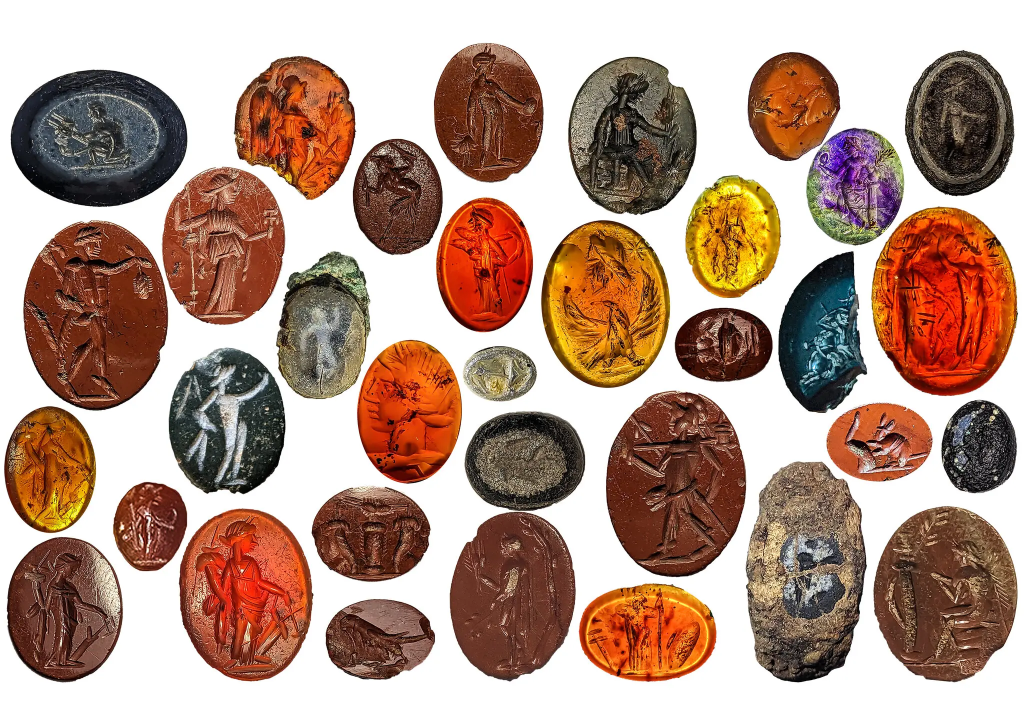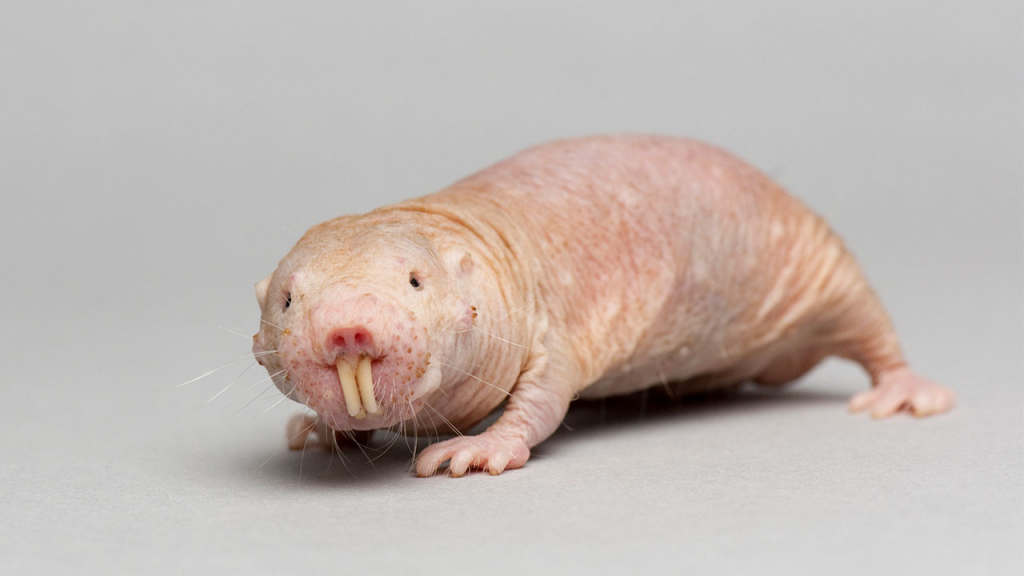Neil Armstrong and Buzz Aldrin were almost stranded on the moon

Lesley Kennedy writes for History.com: "Following the Apollo 11 historic July 20, 1969, moonwalk, Aldrin and Neil Armstrong were preparing to return to command from their lunar module when they discovered that a 1-inch engine arm circuit breaker switch had broken off the instrument panel. "Regardless of how the circuit breaker switch had broken off, the circuit breaker had to be pushed back in again for the ascent engine to ignite to get us back home,” Aldrin wrote. "since it was electrical, I decided not to put my finger in, or use anything that had metal on the end. I had a felt-tipped pen in the shoulder pocket of my suit that might do the job. I inserted the pen into the small opening where the circuit breaker switch should have been, and pushed it in; sure enough, the circuit breaker held. We were going to get off the moon, after all."
You don't really need to walk 10,000 steps a day to stay healthy

Lydia Denworth writes for Scientific American: "The concept of taking 10,000 steps a day to maintain health is rooted not in science but in a marketing gimmick. In the 1960s a company in Japan invented an early pedometer. Because the Japanese character for “10,000” looks like a person walking, the company called its device the 10,000-step meter. “It was just sort of a catchy phrase,” says I-Min Lee, an epidemiologist at Harvard Medical School and Brigham and Women's Hospital in Boston. Taking that many steps daily is challenging but doable for many people. “Sure, if you get 10,000 steps, it seems like a good goal. But there was not really any basis to it.” In 2019 Lee published one of the first studies specifically investigating the actual effects of meeting the 10,000-step goal. Several other large studies followed. The result? Some movement is good, and more is better, but the benefits taper at some point."
Trove of Roman gemstones found in the drain of an 1,800-year-old bathhouse

Franz Lidz writes for the New York Times: "Down the drain is where British archaeologists recently discovered 36 artfully engraved semiprecious stones, in an ancient bathhouse at the site of a Roman fort near Hadrian’s Wall in Carlisle, England. The colorful intaglios — gems with incised carvings — likely fell out of signet rings worn by wealthy third-century bathers, and ended up trapped in the stone drains. The delicate intaglios, fashioned from amethyst, jasper and carnelian, range in diameter from 5 millimeters to 16 millimeters — bigger than a pencil eraser, smaller than a dime. Some bear images of Apollo, Mars, Bonus Eventus and other Roman deities symbolizing war or good fortune. Others showcase Ceres, the god of fertility, Sol (the sun) and Mercury (commerce). One amethyst depicts Venus holding either a flower or a mirror. A reddish-brown jasper features a satyr seated on rocks beside a pillar."
AI tool can identify cancer faster and more effectively than current methods

From Andrew Gregory in The Guardian: "Doctors, scientists and researchers have built an artificial intelligence model that can accurately identify cancer in a development they say could speed up diagnosis of the disease and fast-track patients to treatment. The AI tool designed by experts at the Royal Marsden NHS foundation trust, the Institute of Cancer Research, London, and Imperial College London can identify whether abnormal growths found on CT scans are cancerous. The algorithm performs more efficiently and effectively than current methods, according to a study. The findings have been published in the Lancet’s eBioMedicine journal. “In the future, we hope it will improve early detection and potentially make cancer treatment more successful by highlighting high-risk patients and fast-tracking them to earlier intervention,” said Dr Benjamin Hunter, a clinical oncology registrar at the Royal Marsden."
Naked mole rats defy the biological laws of aging

Kai Kupferschmidt writes for Science.org: "Naked mole rats rarely get cancer, are resistant to some types of pain, and can survive up to 18 minutes without oxygen. But perhaps their greatest feat, a new paper suggests, is that they don't age. In 1825, British mathematician Benjamin Gompertz found that the risk of dying rises exponentially with age; in humans, for instance, it doubles roughly every 8 years after the age of 30. The law applies to all mammals after adulthood. But Buffenstein did not see this trend in her lab animals. After they reached sexual maturity at 6 months of age, each naked mole rat's daily chance of dying was a little more than one in 10,000. It stayed the same the rest of their lives and even went down a little, Buffenstein reports this week."
Space Command confirms discovery of meteor from another solar system

From the Harvard Gazette: "US Space Command released a communication last month that confirmed earlier findings from Amir Siraj, a Harvard astrophysics concentrator, and science professor Avi Loeb, that a meteor from another solar system hit Earth in 2014. “I’m not sure I’ve heard of many other scientific discoveries that have had to be confirmed by the U.S. Department of Defense, but that’s how this unusual story played out,” Siraj said. The discovery predates Oumuamua, the oblong space rock that was until now considered the first-known interstellar meteor by three years. Known as CNEOS 2014-01-08, the meteor measured only 1.5 feet wide and was hurtling toward Earth at about 45 kilometers per second, well over 100,000 mph, which is a clue that it’s not from this solar system. The meteor ignited into a fireball on Jan. 8, 2014, when it entered Earth’s atmosphere off the coast of Papua, New Guinea, with the energy equivalent to about 110 metric tons of TNT."
Australia changes to color TV live in 1975
Australia changes to color television live on March 1, 1975 pic.twitter.com/cyGElBLMTK
— Historic Vids (@historyinmemes) May 2, 2023



